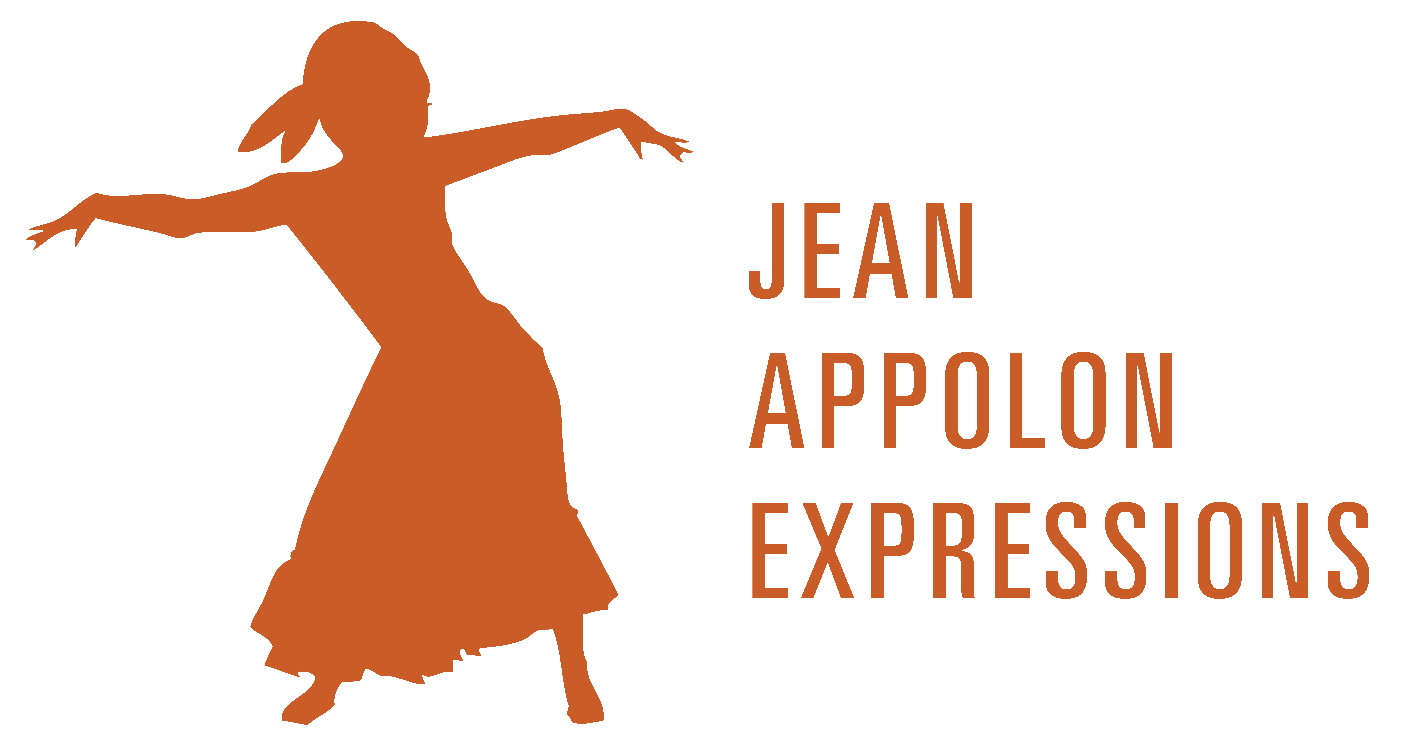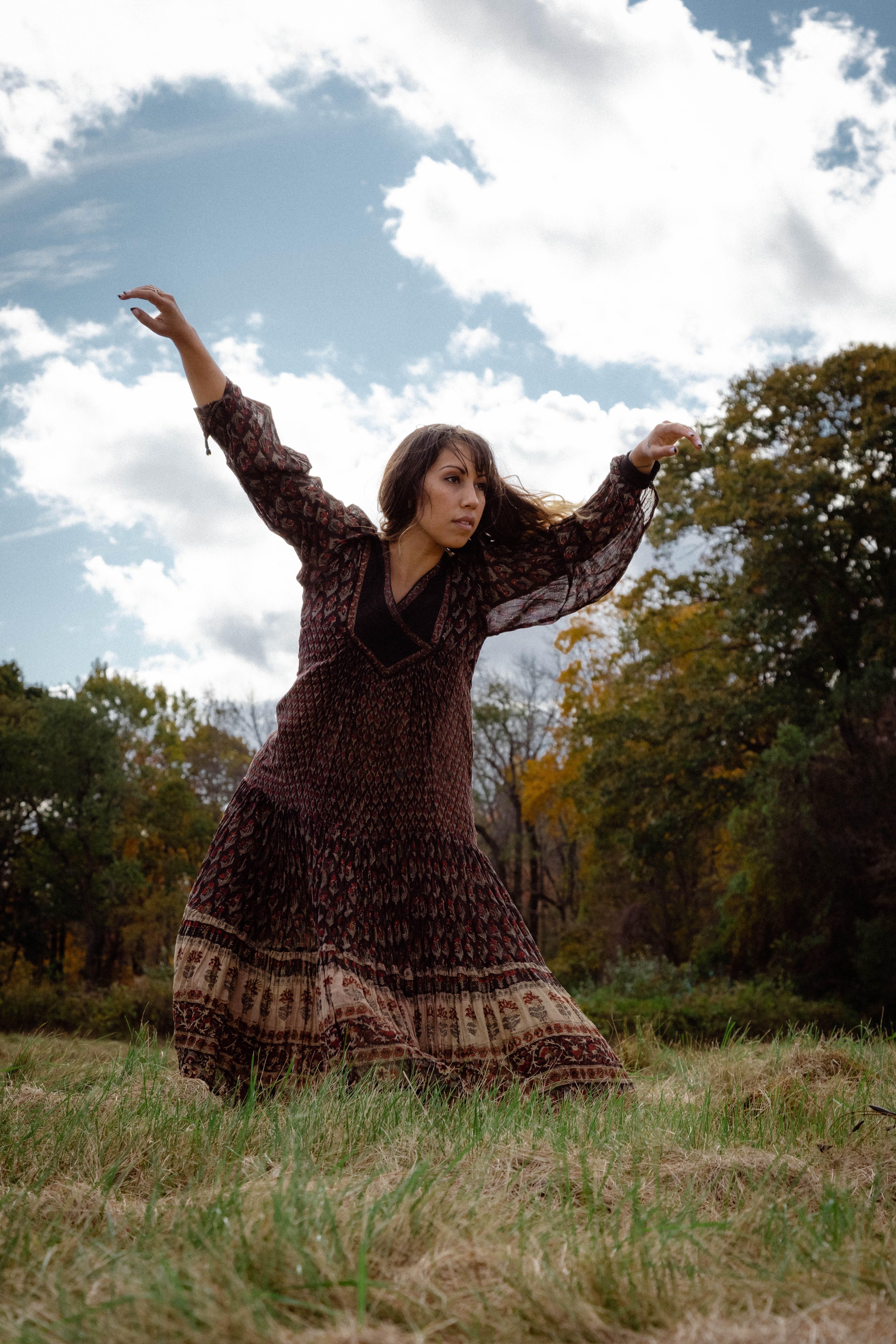Our next artist featured in The Traka Interviews is professional JAE company dancer Lonnie Stanton (she/her). Lonnie will be performing in the premiere of Traka on May 13th and 14th at the ICA in Boston. Currently, Lonnie is working on a project entitled Emotive Land and will additionally be performing as an Art Assembled AiR Artist this summer at the Mystic River. Read further to learn about Lonnie’s experience inside the process of Traka and how she carries these themes through her own work.
Photo Credit: Olivia Moon Photography
Who are you, and what do you do?
I am a dance artist and educator. I am inspired by nature daily, and have a particular passion for site specific dance. My full name is Lonnie Anela O’kalani Neff Stanton. I am biracial and find myself endlessly interested in contrast, contrast within movement, shape, color and texture. I gravitate towards the intersection of differing perspectives. These interests show up in how I frame contemporary movement in my classes, as well as how I like to collaboratively craft movement.
How do you approach the healing of collective trauma in your work?
With centering generous and conscious breathing and prioritizing inclusiveness in the studio. I work to facilitate spaces where EVERYONE can feel safe and welcomed by encouraging dancers to have autonomy over their bodies. I approach my pedagogy with a somatic lens and encourage movers to take the time to listen to their own body’s internal sensations and honor where they are at in the present moment.
How is your work shaped by the traditions or communities you come from?
My work is often connecting to and hoping to honor nature. I want to uplift my deep belief that we are as humans connected to every piece of life on this planet. We are not above any other form of life around us but interrelated. This belief is shaped by my Native Hawaiian roots and the central idea of Aloha Āina. In practice, I have recently written and shared a curriculum that is rooted in the elements. The earth’s flora and fauna are also in focus when I choreograph. Currently I am working on a project: Emotive Land, in which nature’s resilience along urban rivers is uplifted.
How do you define or envision collective healing? What practices does it include? What does it look and feel like in your community?
Right now, I envision collective healing as a collaborative effort to hold space for each other and lead any action with love. In our rehearsals this can mean collectively checking in with ourselves and each other in an opening circle.
Photo Credit: Olivia Moon Photography
What are some things that could help your dance community do this work even better?
Taking the time to connect and check in whether that is with intentional breathing exercises, time for meditation or a verbal exchange. Setting a collective intention before each rehearsal run would be a nice way to build our connection and trust in each other on stage. Constantly reminding dancer’s of their autonomy over their bodies and the need for self advocacy in regard to injury, is a proactive way to avoid further trauma in dance spaces.
What is one healing or movement practice you can suggest for others?
Sit with nature and listen. This practice does not need the most tranquil garden. Notice any plant life near you, the birds, the expansive sky or reflection of the sun that can be found even while waiting for a city bus.
Stay up to date with us at JAE through our social media to learn more about Lonnie’s performances with the company and her own work!


